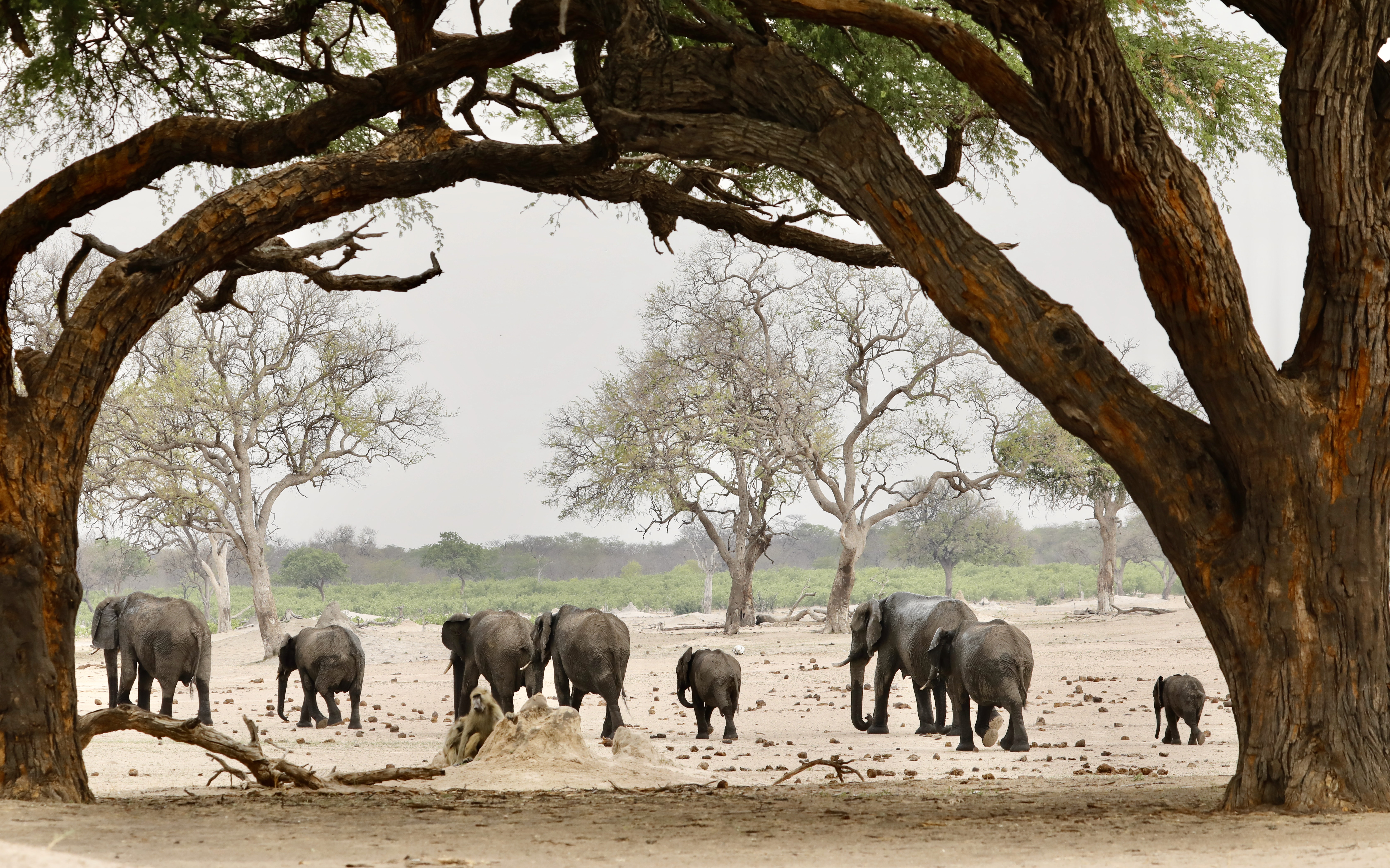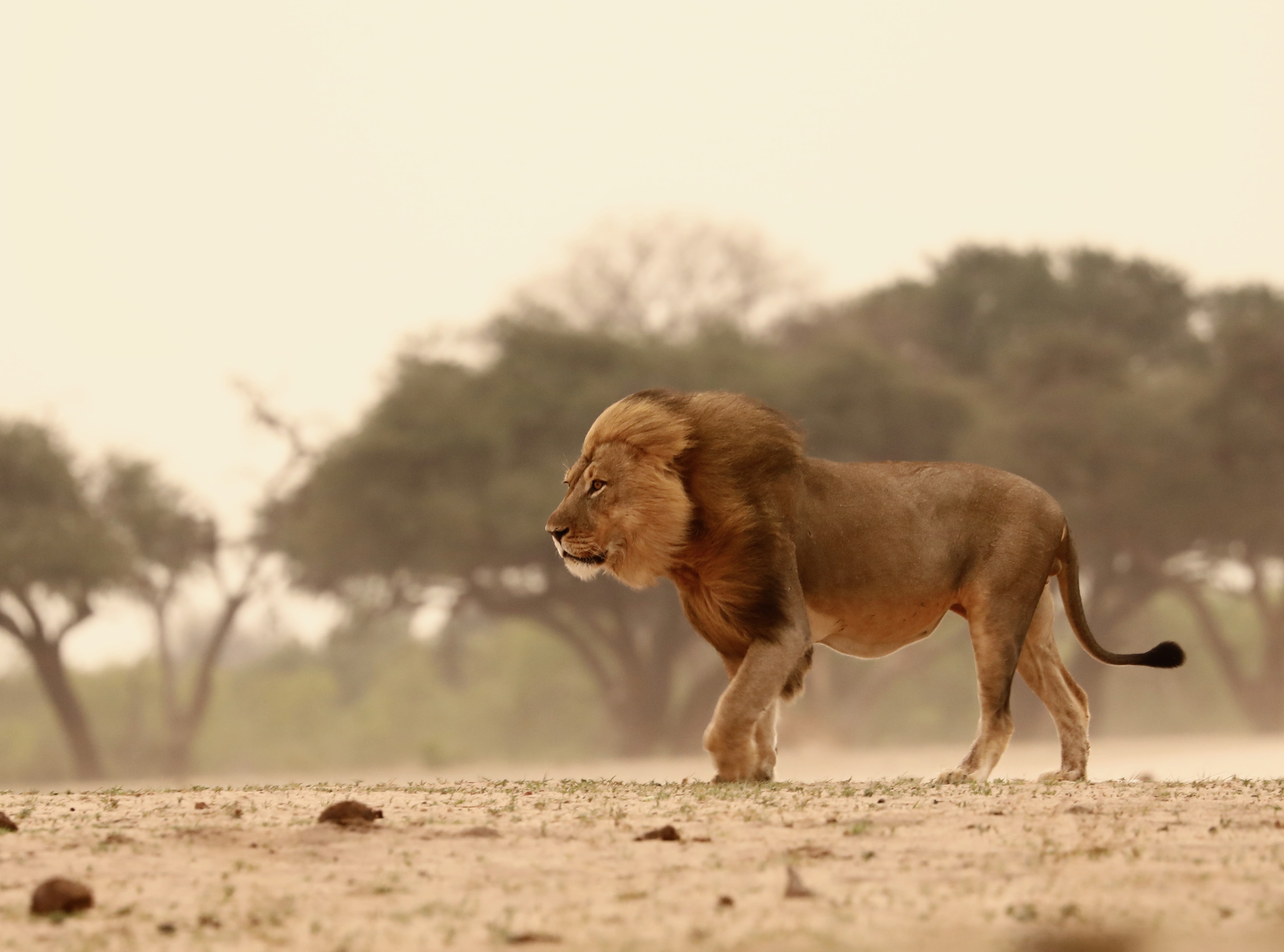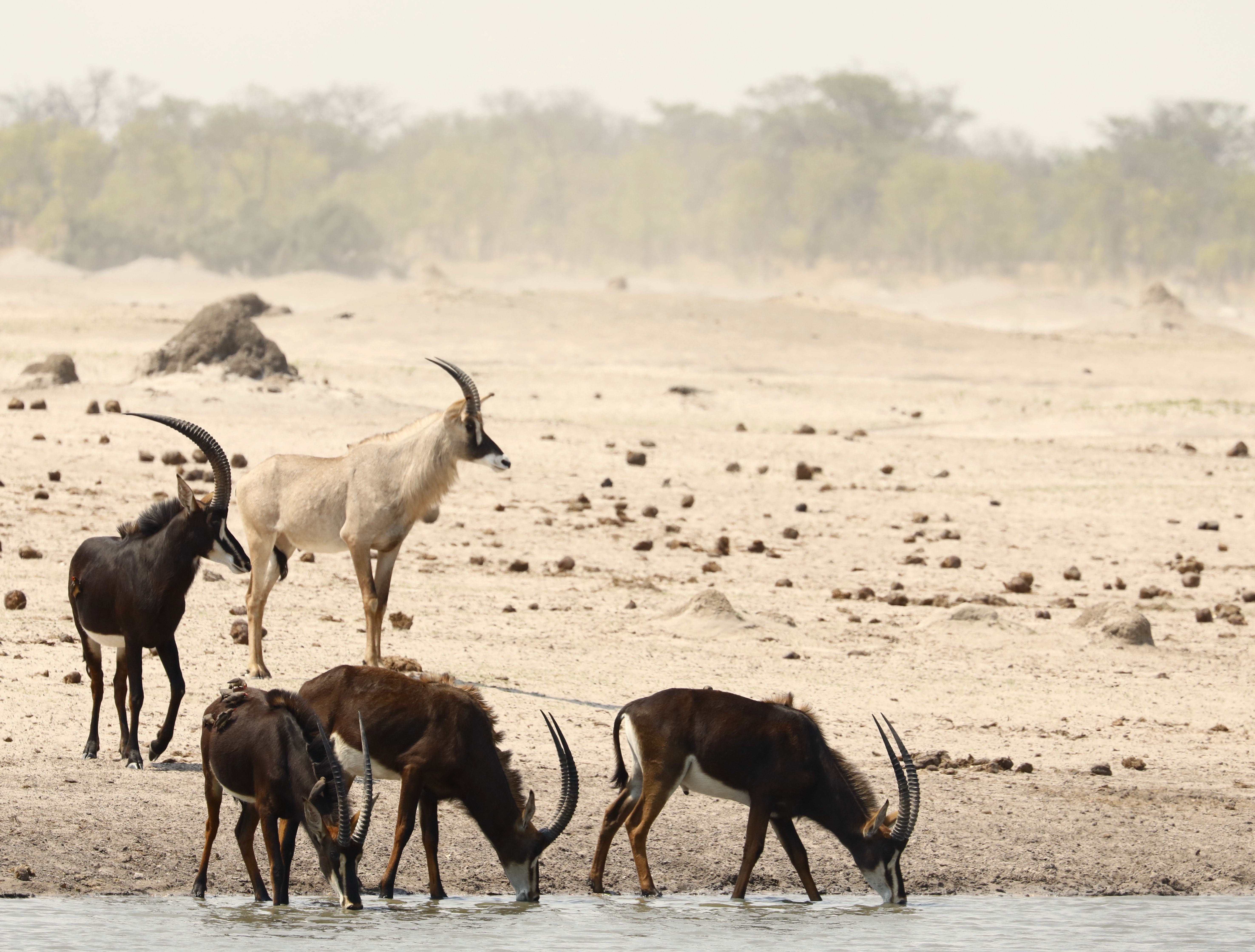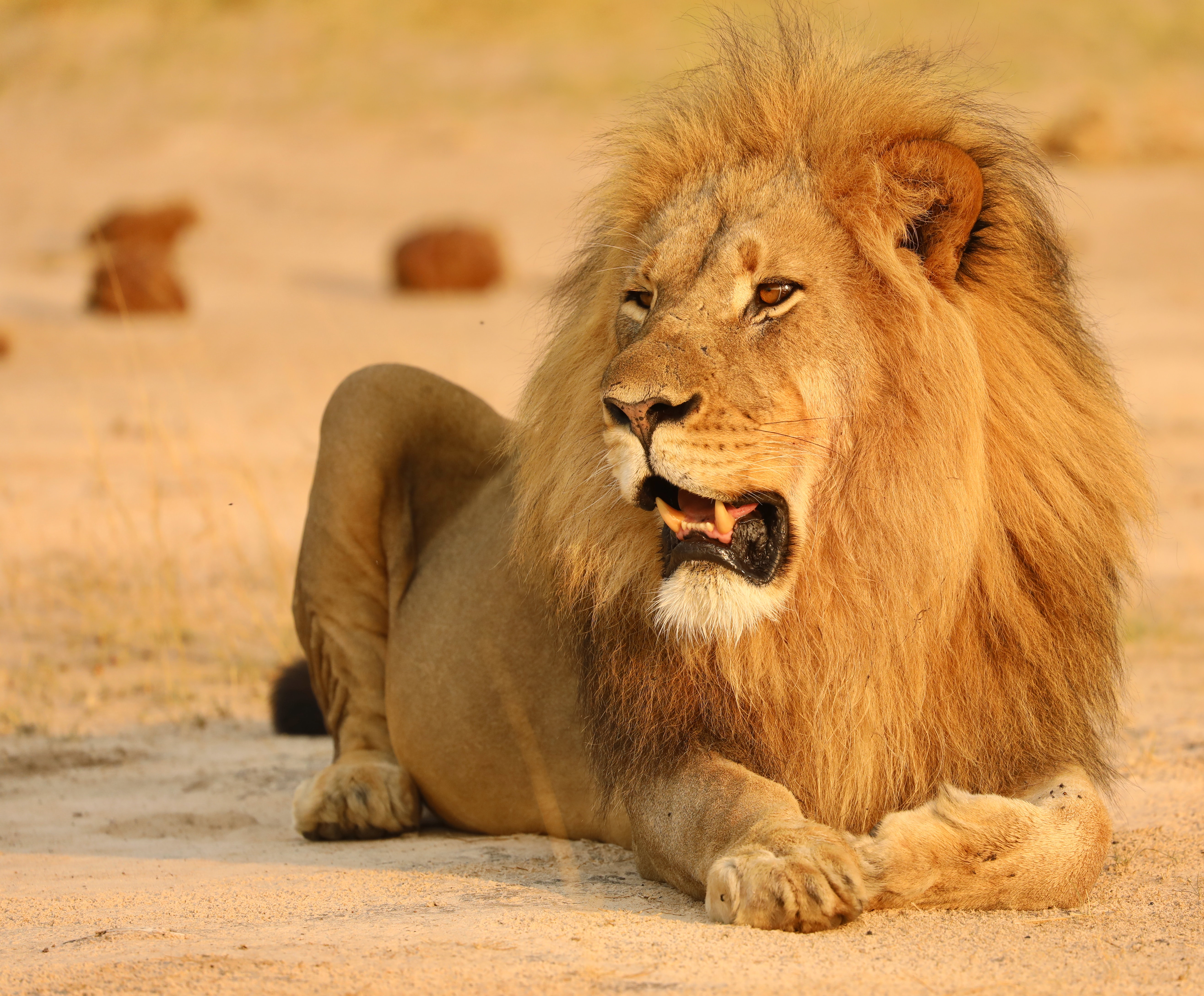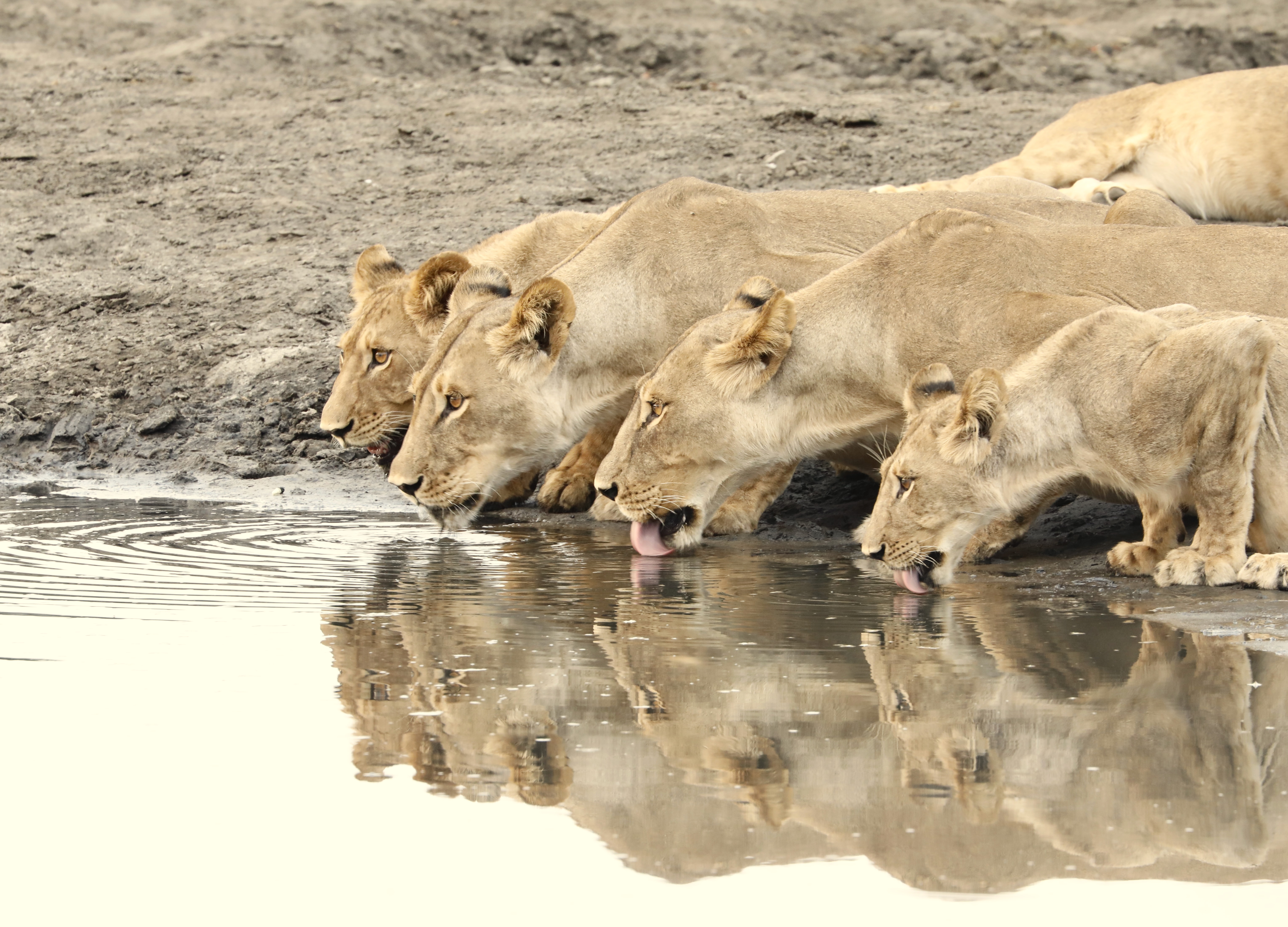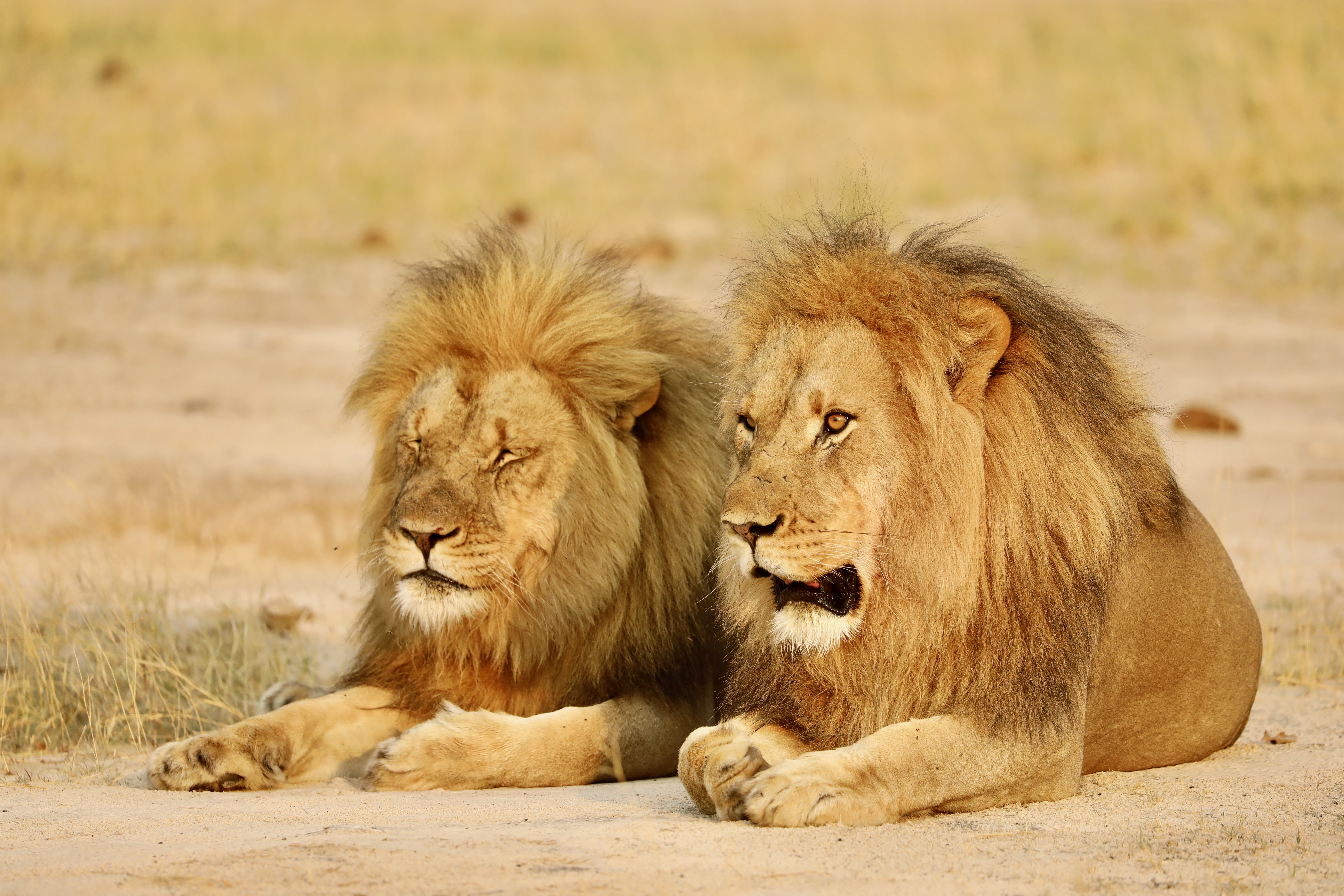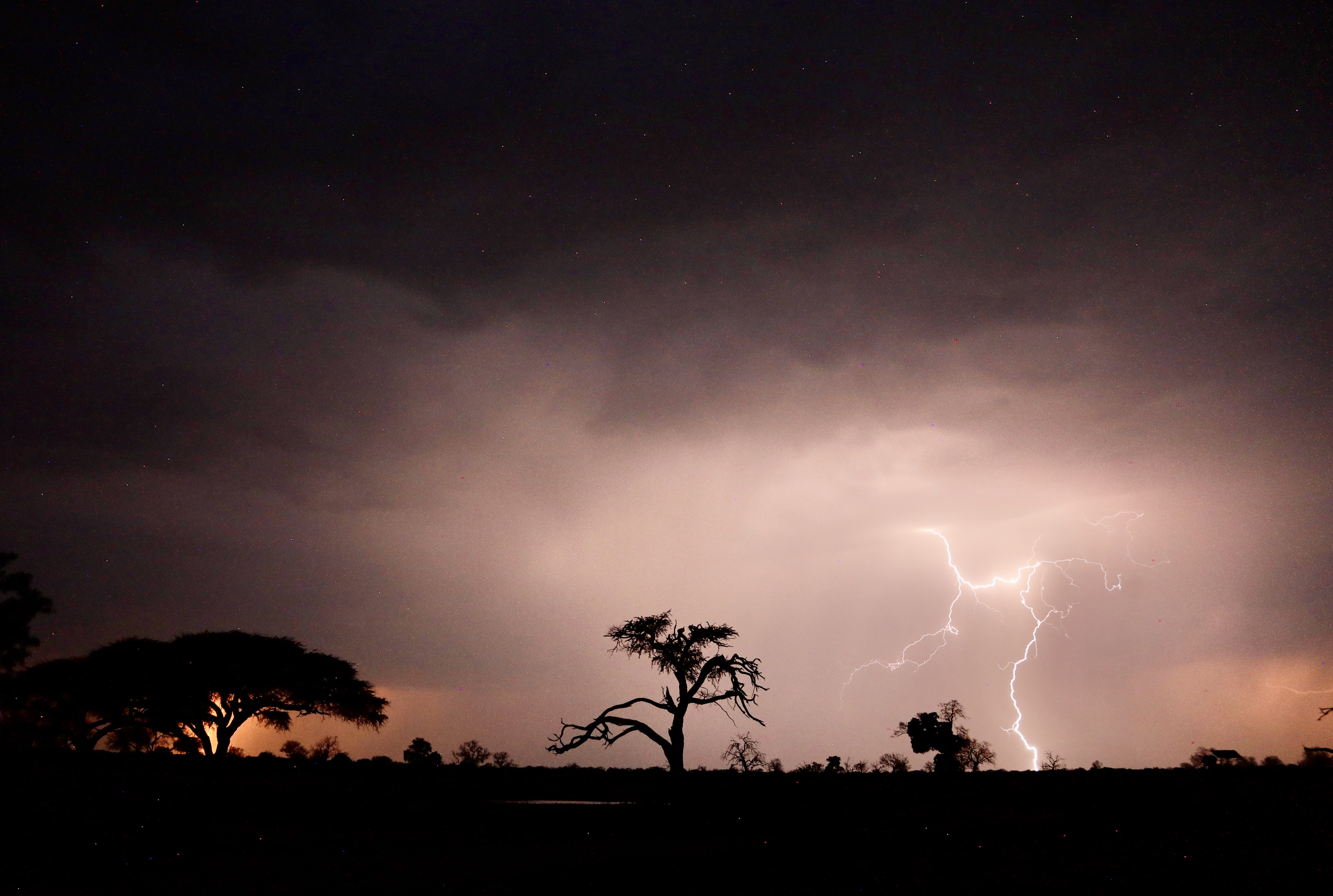During October 2020, I travelled to Hwange National Park, Zimbabwe’s largest protected area. Hwange is a key component of the Kavango-Zambezi Transfrontier Conservation Area, a truly massive block of wildlife habitat. The park’s most striking feature is its enormous concentrations of elephants. The park holds between 20,000 – 50,000 elephants, and if it were a country, Hwange would probably rank 4th in terms of elephant numbers after Botswana, Zimbabwe and Tanzania.
Hwange is also a stronghold for lions, with the greater Hwange ecosystem holding 500 – 700 individuals. The park also hosts an impressive diversity of ungulates, and is one of the few places in southern Africa where roan and sable antelope are easily sighted.
I was taking my family to the bush for some downtime, but also visiting two LRF grantees with projects in Hwange. Firstly, Conservation Wildlife Fund (CWF), whose anti-poaching efforts tackle snaring in the forestry areas along the eastern border of Hwange. Snaring for bushmeat affects lions both by reducing the prey populations on which they depend and by causing direct mortality of lions when they are caught in snares.
Secondly, the LRF supports the Trans-Kalahari Predator project, who work to prevent conflict between livestock keepers and lions. They do this by working with local farmers to help strengthen cattle corrals and by monitoring lions conflict hotspots so that they can warn farmers when lions approach livestock grazing areas.
Our peace was shattered at 11 PM by deafening roars coming from the bush near our tents. Roaring of that intensity could only be from big males; Humba and Netsai were within 300 ft. of us. Very carefully, I stood up and peaked out of a corner of the tent to make sure all was safe around the campsite. I was greeted with the sight of a lioness running straight towards the tents in the moonlight, only to be forced to divert by the fence. She ran on, grunting and chasing an unseen adversary. Five others followed, including Humba and Netsai, roaring and grunting. This awe-inspiring scene of territorial behavior made my hair stand on end. Slowly, I zipped our tent back up and hoped that they would move off to a safer distance. Eventually they did, but not before several tense minutes of roaring, fighting, and chaos very close to our tents.
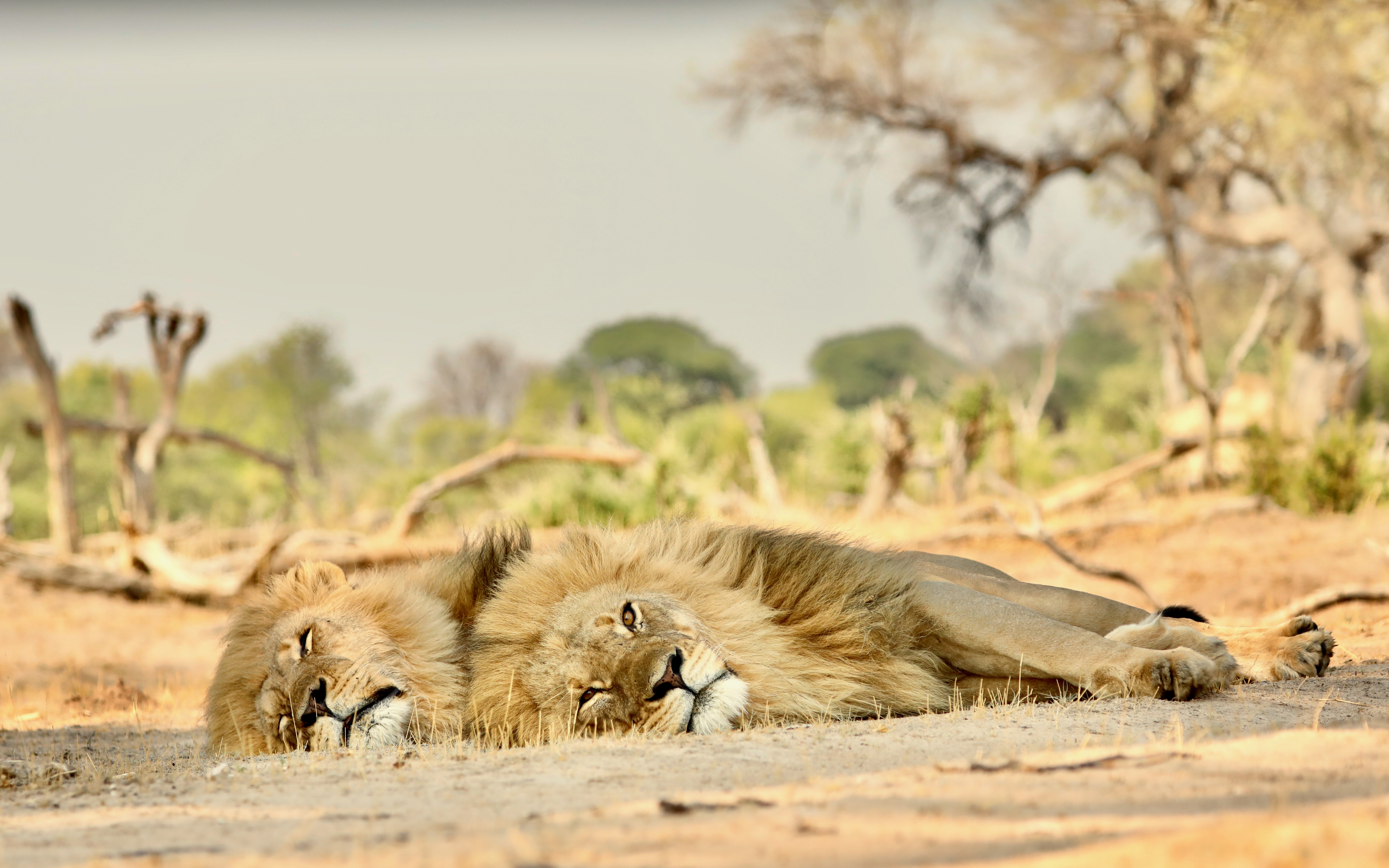
While nerve-racking, this experience was amazing. The knowledge that creatures as majestic as these lions still exist is incredibly special. Congratulations to Zimbabwe and other African nations for their impressive conservation efforts. We need to do everything we can to conserve lions and the rest of Africa’s wildlife for future generations, and the Lion Recovery Fund supports local stakeholders to do just that.


